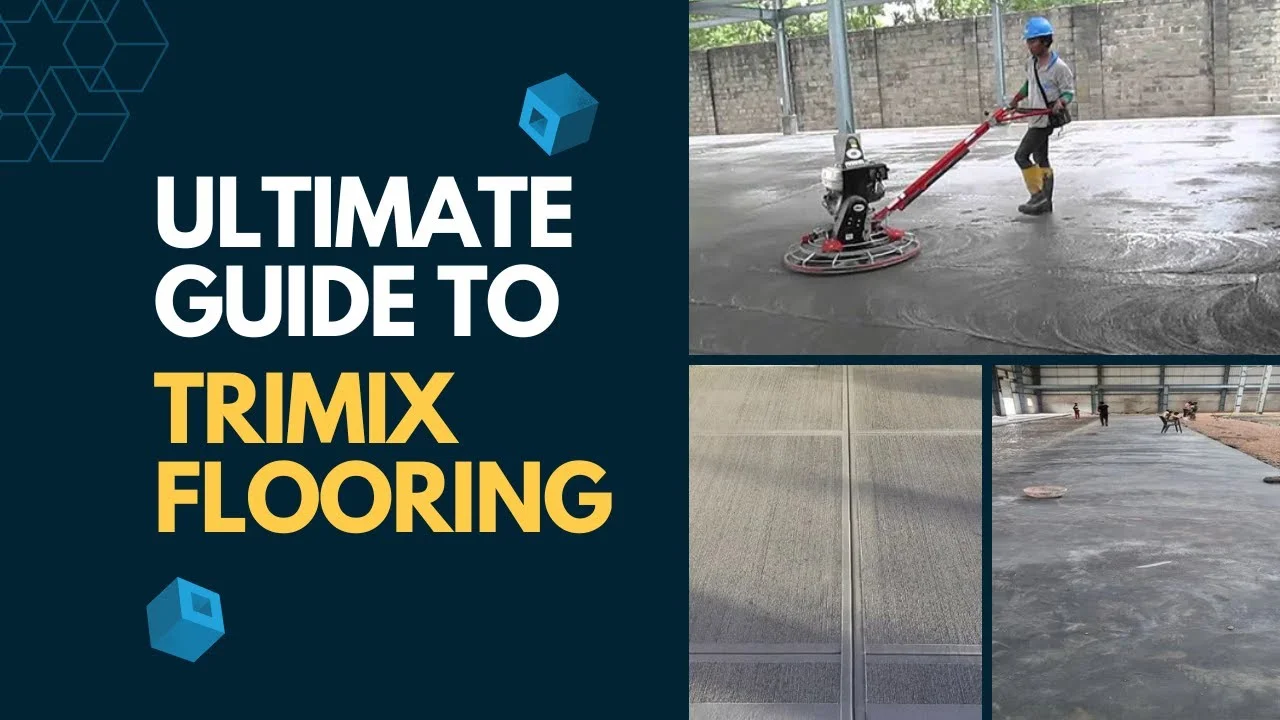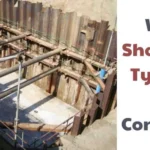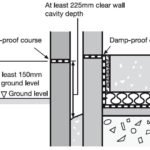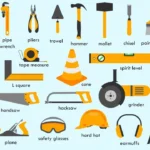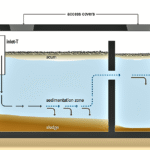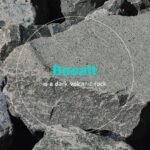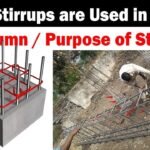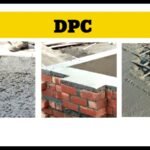Trimix flooring, also called Vacuum Dewatered Flooring (VDF), is a high-performance concrete floor system. It gives a hard, dense, and durable surface. It is ideal for warehouses, factories, logistics parks, parking decks, and heavy-duty industrial areas. In India, Trimix floors are growing fast. They suit heavy forklift traffic and high abrasion conditions. This guide explains the process step by step. It covers materials, equipment, mix design, execution, testing, costs, advantages, problems and fixes. It also adds Indian context, standards, SEO keywords, and detailed FAQs. Read on to get a complete picture of Trimix flooring for Indian projects.
What is Trimix / Vacuum Dewatered Flooring?
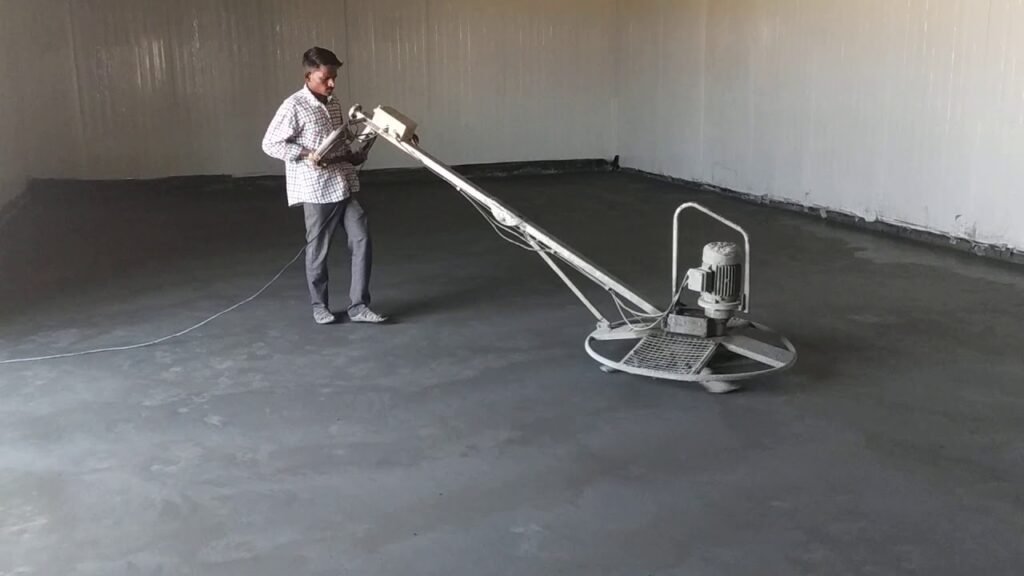
Trimix or VDF is a slab-on-grade concrete floor that uses vacuum dewatering to remove excess water from the top layer of fresh concrete. After placing and vibrating concrete, suction mats and a vacuum pump draw out bleed water and excess slurry. This process increases surface density. It lowers the effective water-cement ratio at the surface. The result is a tougher wearing layer with higher abrasion resistance and fewer plastic shrinkage cracks.
A common variation uses a dry-shake hardener broadcast over the still-fresh concrete. The dry shake is assimilated into the surface as the vacuuming and trowelling proceed. This combination gives a very wear-resistant top layer. Trimix floors are often specified with flatness and levelness tolerances to control material handling performance.
Trimix flooring India, vacuum dewatered flooring, VDF flooring, dry-shake floor, industrial concrete floor, warehouse flooring India.
Why choose Trimix flooring?
Trimix flooring is chosen for many good reasons:
- High abrasion resistance. The surface becomes dense and resists wear from wheels and tines.
- Reduced dusting. Dense surface reduces powdering and dust generation.
- Better flatness and levelness. With proper execution, Trimix meets flatness specs used in warehouses.
- Faster return to service. Vacuum dewatering reduces bleeding and allows earlier finishing stages.
- Lower maintenance. Long life and low repair frequency reduce life-cycle costs.
- Improved cleanliness. Smooth, dense surface helps cleaning and hygiene in food or pharma units.
These advantages make Trimix suitable for heavy-duty use. It is also cost-effective over the life of the floor compared with lower-performing surfaces.
Also Read Development Length in RCC: Complete Guide for Indian Builders and Engineers
Typical applications in India
Trimix flooring is widely used in:
- Warehouses and distribution centres.
- Cold storage and logistics hubs.
- Industrial plants, workshops and assembly lines.
- Heavy vehicle parking areas and bus depots.
- Railway platforms and depot floors.
- Airports service areas and cargo sheds.
- Food processing, automotive and manufacturing units.
warehouse VDF flooring, industrial floor India, logistics park concrete floor.
Relevant Indian and international standards
When specifying Trimix in India, designers commonly reference:
- IS 456 for concrete design and basic requirements.
- IS 10262 for mix design guidelines.
- IS 9103 for use of chemical admixtures.
- Codes and best-practice guides for industrial floor flatness, such as TR34 (industry guidance) and FF/FL measurement standards.
- Manufacturer datasheets for dry-shake hardeners and vacuum equipment.
Many Indian projects also adopt international test methods for flatness and levelness, and they require certified material data sheets for admixtures and hardeners.
IS 456, IS 10262, IS 9103, TR34, floor flatness FF FL.
Materials and mix design basics
A successful Trimix floor starts with the right concrete mix. Key ingredients and considerations:
- Cement: OPC or blended cements as per IS. Consistent quality matters.
- Aggregates: Well-graded coarse and fine aggregates. Maximum aggregate size typically 10–20 mm for slab finishing. Clean aggregates with low fines help vacuum performance.
- Water-cement ratio: Keep it low. Use plasticizers or superplasticizers to get workability without adding water.
- Admixtures: Use quality superplasticizers to reduce free water. Use retarding or hydration-controlling admixtures if needed in hot climates.
- Fibres or mesh: Steel fibres or welded wire mesh can be included to control shrinkage and reduce crack widths. Choice depends on design and jointing strategy.
- Dry-shake hardener: Mineral or metallic hardeners increase surface strength. Apply per manufacturer rates.
- Curing materials: Curing compound, polythene sheets, or wet hessian for proper hydration.
For industrial floors, designers often use M25 to M40 grades based on load and traffic. The mix must be compatible with vacuum dewatering to avoid losing fines or paste.
Keywords: concrete mix for Trimix, dry-shake hardener India, superplasticizer for floors.
Equipment and tools required
Execution requires specific equipment:
- Transit mixers or RMC plant for fresh concrete supply.
- Concrete pump or conveyors for quick placement.
- Vibrating screed for strike-off and initial compaction.
- Internal vibrators for consolidation in congested areas.
- Vacuum dewatering set: vacuum pump, suction mats, filter pads and hoses. Pump capacity depends on slab area.
- Power trowels (ride-on and walk-behind) for surface finishing.
- Dry-shake spreaders for even distribution of hardener.
- Saw-cutting equipment for joints.
- Testing tools: slump cone, cube moulds, FF/FL meter, straight edge, rebound hammer.
Keywords: vacuum pump for flooring, power trowel, dry shake spreader, FF FL measuring device.
Step-by-step Trimix (VDF) flooring process
A reliable process ensures consistent results. Typical sequence and best practices:
- Prepare sub-base and base. Excavate, compact, and prepare a uniform sub-base. Provide lean concrete or blinding where specified. Ensure surface is clean, free of standing water, and at correct elevation.
- Set forms and levels. Install edge formwork or screed rails. Use laser levels and datum points to control depth, camber and slope to drains.
- Place concrete continuously. Deliver concrete and place uniformly. Avoid segregation. Use minimal additional water. Keep pour sizes manageable to avoid cold joints.
- Strike off and initial leveling. Use vibrator screeds or manual screeds to level and compact. Remove large air pockets.
- Begin vacuum dewatering. Once the surface sheen and initial set allow, place filter pads and suction mats. Start vacuum pump and extract bleed water. Typical vacuuming lasts 15–40 minutes depending on mix and slab thickness. Monitor surface; stop when surface is stiff enough for finishing
- Broadcast dry-shake hardener (if used). Apply in stages: first spread approx 60–70% coverage, allow to absorb, then add remaining 30–40% and float. Timing is critical: the surface must be moist but able to accept the hardener.
- Power trowelling. Use sequential passes with float blades then finish blades. Control trowel speed to avoid overworking. For metallic hardeners, follow manufacturer guidance on finishing technique.
- Saw-cut joints. Saw-cut contraction joints at planned spacing to control cracking. Joint spacing and depth depend on slab thickness and design.
- Curing and protection. Apply curing compound or keep surface moist and covered. Cure for at least 7 days; 14 days is common in hot climates. Protect floor from early heavy traffic and chemical spills.
- Sealing and maintenance. Fill and seal joints. Clean the surface and apply densifier or sealer if needed for chemical resistance.
Keywords: vacuum dewatering steps, dry shake application, power trowelling Trimix.
Timing and critical windows
Trimix success depends on timing:
- Start vacuuming after initial bleed water appears but before surface sets.
- Dry-shake needs surface moisture to wet-in; too early causes sinking, too late causes poor bonding.
- Joint sawing time depends on ambient temperature; sawing too late leads to random cracking.
Training and supervision are essential. Crews must coordinate pumps, spreaders and trowellers so each stage flows smoothly.
Keywords: timing for vacuum dewatering, when to saw joints, dry shake timing.
Joints, reinforcement and detailing
Good joint design is essential:
- Contraction (saw) joints: Prevent random cracks. Typical spacing 4–6 m for common slabs; closer spacing may be needed for heavy loads.
- Isolation joints: At walls, columns, and threshold entries to accommodate movement.
- Dowel bars: For load transfer at transverse joints in truck traffic. Use dowel baskets as per design.
- Reinforcement: Mesh, rebar or fibres reduce shrinkage cracking. Fibre dosages and mesh spacing depend on design.
- Edge reinforcement: Provide sufficient edge support to prevent chipping under wheel loads.
Keywords: contraction joints Trimix, dowel bars for industrial floors, reinforcement recommendations.
Testing, quality control and acceptance
QC tests include:
- Slump and temperature checks on each batch.
- Compressive strength cubes (7 and 28 days) per IS.
- Surface regularity using FF and FL measurements for flatness/levelness.
- Abrasion and surface hardness testing if required.
- Visual inspection for delamination, dusting or delamination.
Acceptance criteria should be spelled out in the contract. Common criteria include FF/FL targets, compressive strength, and joint tolerances.
Keywords: FF FL testing India, floor acceptance criteria, concrete cube tests.
Cost considerations in India
Approximate cost influences (indicative ranges and not firm quotes):
- Materials and mix: Cement, aggregates, admixtures, and dry-shake.
- Equipment hire: Vacuum pump, power trowels, and saws.
- Labour and skill: Experienced finishing crew commands premium.
- Surface class: Higher flatness and finish raises cost.
- Site logistics: Accessibility and pour size affect productivity.
Indicative cost range in India (subject to region and market): Trimix flooring typical installed cost often ranges from ₹80 to ₹120 per sq. ft for industrial-grade work. Premium finishes and tighter FF/FL targets can increase cost. Always get detailed estimates with BOQ items rather than per square foot lumps.
Keywords: Trimix flooring cost India, industrial concrete floor cost, dry-shake flooring price.
Common problems and fixes
- Dusting and powdering: Caused by early finishing or poor cure. Fix: improve curing, avoid early trowelling, use densifier.
- Delamination of dry-shake: Happens when dry-shake is applied too early or too late. Fix: rework in future pours, maintain timing and coverage rates.
- Random cracking: Caused by delayed joint cutting or thermal/moisture gradients. Fix: timely saw cuts, provide joints and correct curing.
- Surface oil or chemical stains: Protect floor from spills and use appropriate sealers.
- Uneven flatness: Caused by poor screeding and strike-off. Fix: use laser screeds, skilled operators, and perform intermediate checks.
Keywords: Trimix problems, dry shake delamination fix, floor dusting prevention.
Maintenance and lifecycle
Maintenance is simple but essential:
- Clean spills quickly.
- Use soft scrubbing and neutral cleaners to avoid wear.
- Re-seal joints periodically.
- Inspect for wheel-impact damage and repair spalls early.
- For long life, consider periodic application of surface densifiers and reinforcements as required.
A well-executed Trimix floor can last decades with minimal repairs.
Keywords: Trimix maintenance, industrial floor care India.
Advantages and limitations summary
Advantages
- Durable, hard-wearing surface.
- Low maintenance and long life.
- Good flatness for automated handling.
- Reduced dust and cleaner operation.
Limitations
- Requires skilled crews and specialised equipment.
- Higher initial cost than standard concrete or IPS floors.
- Sensitive to timing and weather.
- Needs good quality control and supervision.
Keywords: Trimix benefits and limitations.
FAQs
Q1: Is Trimix flooring the same as VDF?
Yes. Trimix is commonly called Vacuum Dewatered Flooring (VDF). Both refer to the same vacuum dewatering and finishing process.
Q2: What slab thickness is typical?
Industrial Trimix slabs usually range from 150 mm to 200 mm, depending on loads. Designers must calculate thickness based on wheel loads, subgrade and joint spacing.
Q3: Can Trimix be used outdoors?
Yes. With proper jointing, surface treatment and sealers, it can be used outdoors for parking and storage yards. Consider weather and drainage.
Q4: How soon can traffic use the floor?
Light foot traffic may be allowed after 24–48 hours with protection. Heavy traffic should wait the specified period, commonly 7–28 days depending on strength and contract.
Q5: Is dry-shake hardener necessary?
Not always. VDF alone improves density, but dry-shake hardener provides superior abrasion resistance for heavy-duty uses.
Q6: What FF/FL targets should I specify?
For general warehouses FM2 or FF 20–40 is common. For very narrow aisle or automated warehouses, specify higher FF/FL and consult a flooring specialist.
Q7: Can we use RMC for Trimix?
Yes. Ready-mix concrete is commonly used for consistent mix quality and faster placement. Coordinate transit time and pump capacity.
Trimix FAQs India, vacuum dewatered floor questions.
Conclusion
Trimix (VDF) flooring is a modern, high-performance solution for industrial and heavy-traffic floors in India. It combines vacuum dewatering with expert finishing and optional dry-shake hardeners to create long-lasting, dust-free, flat floors. The method demands planning, skilled teams, and strict quality control. When executed well, Trimix delivers lower life-cycle cost and superior performance compared with standard concrete or traditional IPS flooring.
If you plan an industrial project, include Trimix in your scope for areas with heavy traffic. Specify concrete grade, FF/FL targets, joint layout and acceptance criteria clearly. Hire experienced contractors and insist on equipment readiness, time-controlled sequences and sample testing. With the right approach, Trimix flooring will serve Indian warehouses, plants and infrastructure with reliability for many years.
